Wood apple or Limonia acidissima is a tropical fruit grown in South Asia and Southeast Asian countries. The fruit gets its name due to its hard rind.
The Wood apple fruit contains outer shell covering the pulp. The outer shell is hard and tough to break. The pulp is aromatic, sticky, scattered with seeds and tastes bitter when it is maturing and sweet-sour when ripen.
Wood apples are abundantly available in winter season.
Wood Apple Tree
The Wood Apple tree grows to a height of 9-10 meters with dark grey bark and thorny branches.
There are three varieties of wood apple trees
One which doesn’t grow fruits. One which gives small sized fruits that are aromatic and contains fewer seeds and the other variety bearing large sized fruits.
Are Wood Apple and Beal same?
No, they are different fruits. However, people are using the names of wood apple, beal interchangeably.
The wood apple normally refers to the Limonia acidissima L, Feronia elephantum Correa, Schinus limonia L. while the beal refers to Aegle marmelos Correa.
Both the fruits are different in their appearance and taste. Wood apple fruit contains a hard light-brown colored outer shell. While the outer rind of beal fruit appears medium-dark green colored and is not much tough as wood apple.
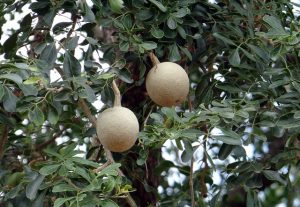
Wood Apple Benefits
Good for Liver and Kidney health
Wood apple fruit is rich in antioxidants and also contains several compounds that fight against free radicals and help in better functioning of the body. The pulp of the fruit also acts as a natural detoxifier and helps in protecting the Liver and Kidney health (1).
Regulates High Blood sugar (Fluoride-induced Hyperglycemia)
Blood glucose regulation is very important for the healthy functioning of the body. Fluoride is an important factor that influences blood glucose levels. Fluoride in drinking water increases the glucose tolerance of blood leading to high blood sugar(Fluoride-induced Hyperglycemia).
Wood apple is useful in controlling such fluoride induced hyperglycemia as its pulp contains compounds like Saponis, Phytosterols, Flavonoids, Polyphenols and Ascorbic acid that are known for their ability to control high blood sugar. So eating wood apple helps you to regulate fluoride induced blood sugar levels (2).
Useful for better sleep
Wood apple root powder is used to get rid of sleeplessness and also to improve the quality of sleep.
Make the root powder into a thick slurry by mixing with water and apply the slurry to the temple regions of your head and also to your forehead for getting good sleep.
Anti-microbial properties
Wood apple is also known for its anti-microbial properties. Extracts of Limonia acidissima leaves, bark and fruit shell contains several compounds like estragole, coumarins, xanthotoxin that exhibits antimicrobial activity against several bacteria and fungi (3,4,5).
Works as Anti-inflammatory
Several studies on the extracts of wood apple bark have proven to exhibit anti-inflammatory properties (6).
Wood apple juice a good remedy for thirsty
Wood apple juice is a good remedy for the people who feel thirsty. By consuming wood apple juice, one can get even rid of fatigue.
One can prepare the juice by just mixing the mashed fruit pulp with water, Then add an adequate amount of cane jaggery. Mix it well until the jaggery gets dissolved. Now add a pinch of salt and cardamom powder for better taste.
Cures Snakebites and bee stings
From ancient times in India, the bark of wood apple tree is used for the treatment of snakebites and the powder of fruit shell is used for treating bee stings (7).
As a Digestive Aid
Ripe wood apple fruit is well known as a digestive aid and In folk tradition, the leaves of Limonia acidissima are used for treating digestive problems in children (8).
For Hiccups
In folk tradition, the tender shoots of the wood apple tree are made into a syrup and taken as a remedy for hiccups.
Works as an Insecticide
People in Thai- Myanmar border prepare a substance called Thanaka by the root paste of wood apple tree and uses it as a mosquito repellent.
Studies have shown that use of Thanaka in high dosage helps to repel mosquitoes. In Thai- Myanmar border people use this Thanaka mixing with other repellents to protect from malaria and dengue. Studies also have shown that extracts of wood apple leaves show insecticidal activity (9,10).
Anti-cancer Activity
Several studies on wood apple have shown that fruit extracts exhibited antimutagenic properties on breast cancer and carcinoma (Skin cancer) (11,12).
Gives cooling effect to the body
The pulp of fruit exhibits cooling properties. In South Asia and Southeast Asian countries, many consume wood apple juice for giving the cooling effect to the body.
Great Source of Nutrients
Wood apples are well known for their nutritional value. The fruit is a rich source of Carbohydrates and Proteins. it also contains significant amounts of vitamins A, B and C along with several minerals like calcium and phosphorus (13).
Wound healing Properties
Traditionally, wood apples are known for their wound healing properties. Studies conducted on rats shown that methanol extracts of Limonia acidissima L have shown significant wound healing properties (14).
How to select & consume wood apple
Ripe wood apples are healthy to eat. One can select ripe fruits by seeing the smell. The smell of ripe fruit is intense when compared to the raw fruits. If the fruit is raw just keep the fruits in sunlight for about a day or two. That’s it the fruit will get ripen enough
Ripe pulp can be consumed directly or even by mixing with honey or sugar. One can even prepare juice using wood apples. The pulp of the fruit can also be used for preparing sweets, chutney or curry for consuming.
Cautions:
Only consume ripe wood apples and avoid consuming raw fruits as they are believed to causes hoarseness and throat pain.
Take care while breaking the shell of the fruit.
If you are consuming wood apple for the first time, try to consume only a little amount and observe how your body reacts.

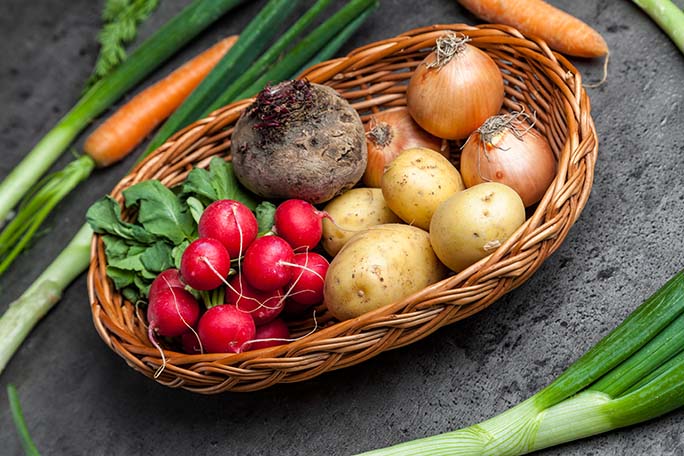

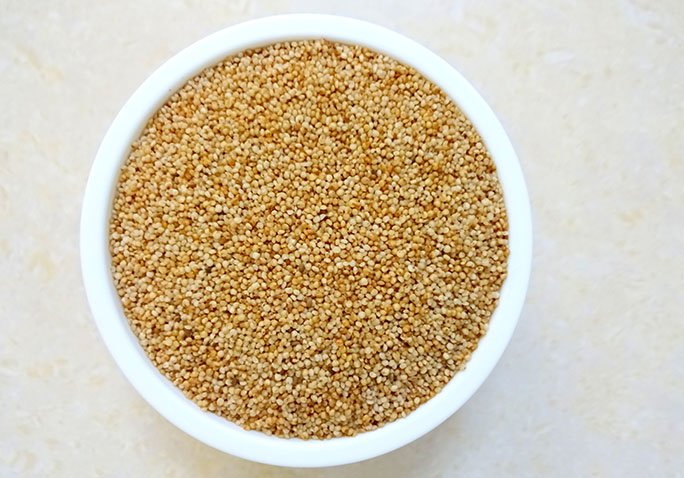
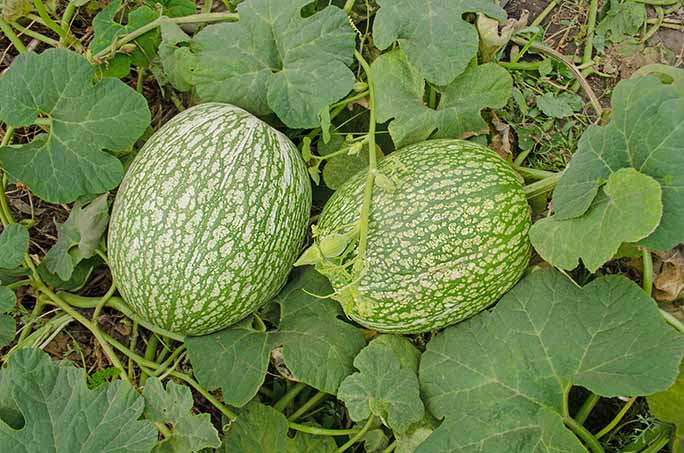

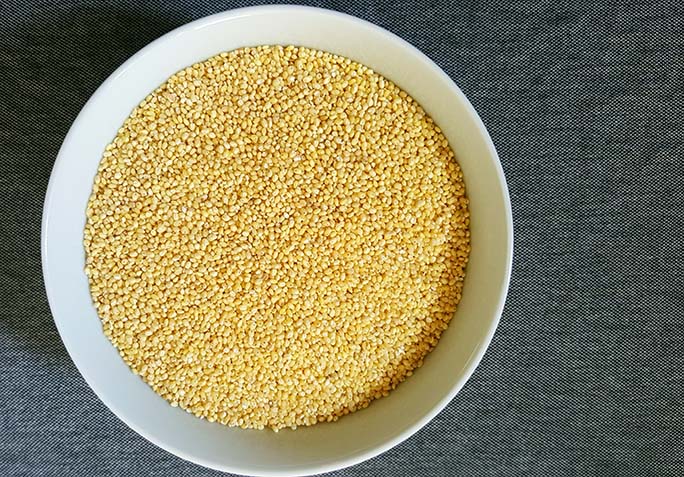
Comments